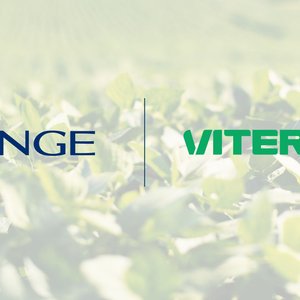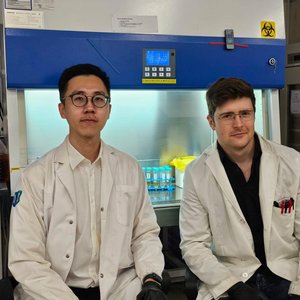Currently, around two-thirds of aquaculture is based on extensive farming practices, using very little feed. However, intensive fish farming is the fastest-growing system of aquaculture, with a CAGR of 6% to 2020, and it relies on fishmeal and fish oil.
“Fishmeal supply bottomed out in 2016 due to El Niño, but 2017 should mark stabilization at a higher level,” according to RaboResearch Senior Seafood Analyst Gorjan Nikolik. “After three years of low Peruvian anchovy harvests, the supply of fishmeal and fish oil has considerably improved due to the absence of El Niño. High prices have also softened. We expect this price level to be maintained at least in the short term; however, volatilities in supply are always a possibility in this industry.”
Producers of alternative proteins and oils will need new strategies to help bridge the years of (potentially) lower prices ahead. The latest RaboResearch report titled To Fishmeal… or Beyond? New Growth Strategies Needed for Alternatives Market as Fishmeal Stabilises explores this sector’s key dynamics, such as:
• Alternative ingredients in aquafeed formula are being explored to offset the volatilities in fishmeal supply, along with high prices.
• There are novel ingredients—besides vegetable-based protein meals and processed animal products (PAPs)—which can be included in fish feed.
• Among the various alternatives, bacterial, insect-based protein sources and algal oils show the greatest potential.










